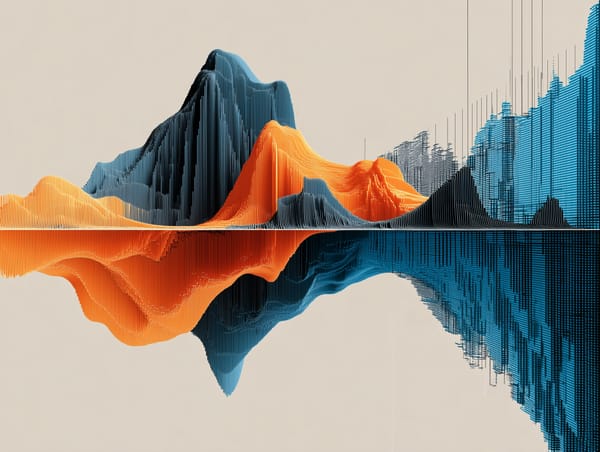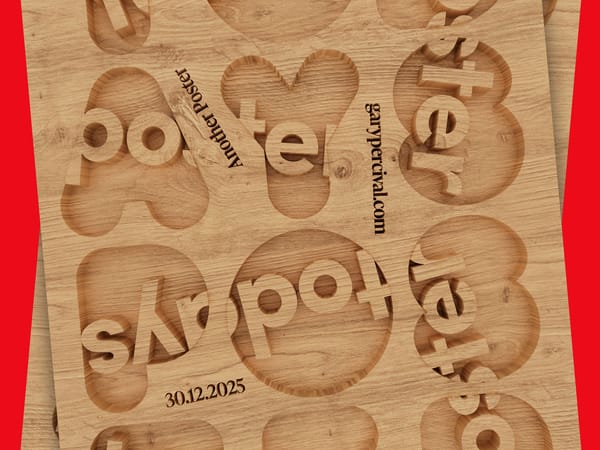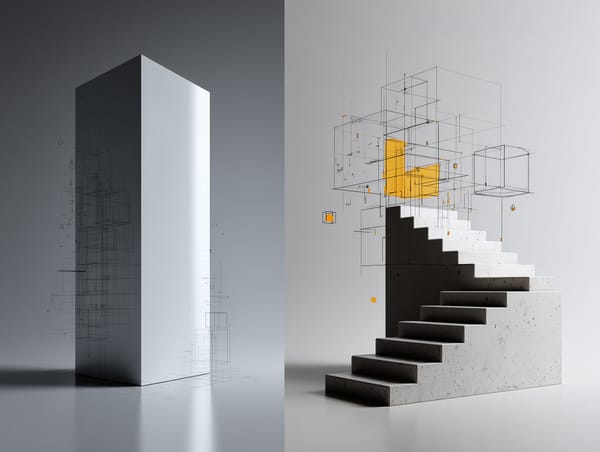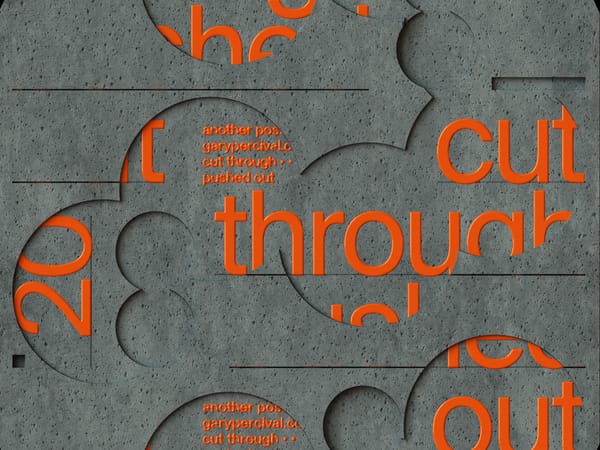The Art of Unlearning: Why Your Best Work Comes from Forgetting the Rules
The significance of unlearning in the creative field cannot be overstated. In an industry that thrives on innovation and originality, holding onto outdated practices and rigid mindsets can stifle creativity and limit our potential.


In the world of creative work, we often find ourselves bound by conventional rules and norms.
From the moment we start our careers, we are taught to follow certain guidelines, adhere to specific standards, and conform to established practices. However, what if the key to unlocking our true creative potential lies in unlearning these very rules? In this post, we will explore the concept of unlearning and how it can lead to groundbreaking creativity and innovation in the fields of freelancing, graphic design, and beyond.
The Concept of Unlearning
Unlearning is the process of letting go of preconceived notions, outdated knowledge, and limiting beliefs that hinder our ability to think creatively. It involves actively challenging and questioning the status quo and opening our minds to new possibilities. By unlearning, we free ourselves from the shackles of conformity and allow our imagination to run wild.
The significance of unlearning in the creative field cannot be overstated. In an industry that thrives on innovation and originality, holding onto outdated practices and rigid mindsets can stifle creativity and limit our potential.
By embracing the concept of unlearning, we give ourselves permission to break free from the constraints of convention and explore uncharted territories.
The Psychology Behind Creative Restrictions
To understand the importance of unlearning, we must first examine how traditional education and professional training can inadvertently impose creative boundaries. From a young age, we are taught to follow certain rules, adhere to specific guidelines, and conform to established norms. While these teachings provide a solid foundation and help us develop essential skills, they can also limit our ability to think outside the box.
Cognitive biases, such as the confirmation bias and the status quo bias, further reinforce our adherence to the familiar. We tend to seek out information that confirms our existing beliefs and resist change, even when it may lead to better outcomes. These biases can be particularly detrimental in the creative field, where innovation and originality are highly valued.
Addressing Scepticism Towards Unlearning
While the benefits of unlearning are manifold, especially in creative professions, it's natural for some scepticism to arise. Critics might argue that unlearning could lead to discarding valuable knowledge or that it's simply a trendy buzzword without practical applicability. Others might fear that unlearning established methods could result in a lack of structure or direction, potentially leading to chaos rather than creativity.
However, it's crucial to understand that unlearning isn't about rejecting all existing knowledge or principles indiscriminately. Rather, it's a selective process that involves critically evaluating which elements of our education and experience serve our creative pursuits and which limit them. It's about distinguishing between foundational skills and outdated practices that no longer contribute to our growth or innovation.
Unlearning doesn't mean working without any rules or structures. Instead, it's about creating a flexible framework that allows for experimentation and innovation.
By challenging the status quo and questioning long-held beliefs, we open ourselves to new learning opportunities and creative solutions that wouldn't be possible within rigid confines.
It's also worth noting that unlearning is not an end but a means to an end. The goal is not to simply forget what we know but to build a more adaptable and resilient mindset that can thrive in the ever-changing landscape of the creative industries. By acknowledging and addressing these concerns, we can approach unlearning not with trepidation but with a sense of curiosity and excitement for the possibilities it unveils.
The Creative Process and Unlearning
Unlearning plays a crucial role in every stage of the creative process, from conceptualisation to execution. By approaching projects with a "beginner's mind"—an open, unassuming perspective—we allow ourselves to explore uncharted territories and discover unique solutions.
In the conceptualisation phase, unlearning encourages us to question assumptions, challenge existing paradigms, and embrace the unknown. Instead of relying on tried-and-true methods, we can approach problems from fresh angles and generate ideas that push the boundaries of what has been done before.
During the execution phase, unlearning enables us to break free from the constraints of perfection and embrace experimentation. By letting go of the fear of failure and the need to adhere to strict rules, we can take risks, iterate quickly, and discover novel approaches that lead to innovative outcomes.
The Role of Unlearning in Innovation
Throughout history, unlearning has been a catalyst for innovation within design and other creative industries. Consider the revolutionary designs of the Bauhaus movement, which challenged traditional notions of art and design. By rejecting the ornate styles of the past and embracing simplicity and functionality, the Bauhaus pioneers paved the way for modern design as we know it today.
In the digital age, unlearning has become even more crucial for staying ahead of the curve. With rapid advancements in technology and constantly evolving user expectations, designers and creatives must continuously unlearn outdated skills and relearn new ones to remain relevant and competitive.
Practical Ways to Embrace Unlearning
Cultivating an unlearning mindset requires intentional effort and practice. Here are some practical ways to embrace unlearning in your creative pursuits:
1. Question and challenge existing knowledge and processes. Ask yourself, "Why do we do things this way?" and "What if we tried a different approach?" Actively questioning the status quo exposes you to new alternatives and unique solutions.
2. Experiment without fear of failure. View setbacks and mistakes as opportunities for development and learning. Accept the discomfort of attempting new things and leaving your comfort zone. Remember that some of history's greatest breakthroughs resulted from unanticipated failures.
3. Seek inspiration from unrelated fields. Look beyond your immediate industry and explore diverse disciplines for fresh perspectives and ideas. The cross-pollination of knowledge often leads to groundbreaking innovations and creative breakthroughs.
4. Embrace ambiguity and the unknown. Instead of relying on familiar patterns and proven methods, allow yourself to explore uncharted territories. Embrace the discomfort of uncertainty and trust in the creative process to guide you towards unique and impactful solutions.
Conclusion
In conclusion, unlearning is a powerful tool for pushing the boundaries of creativity and innovation. By letting go of conventional rules and norms, we open ourselves up to a world of possibilities. As freelancers, graphic designers, and creatives, embracing the art of unlearning can lead to our most groundbreaking and impactful work.
It takes courage to step outside our comfort zones, challenge the status quo, and risk failure. But the rewards of unlearning are well worth the effort. By freeing ourselves from the constraints of convention and embracing the unknown, we unlock our true creative potential and pave the way for innovation.
Remember, the path to your best work lies not in blindly following the rules but in having the courage to forget them. Unlearn, reimagine, and create with abandon.



